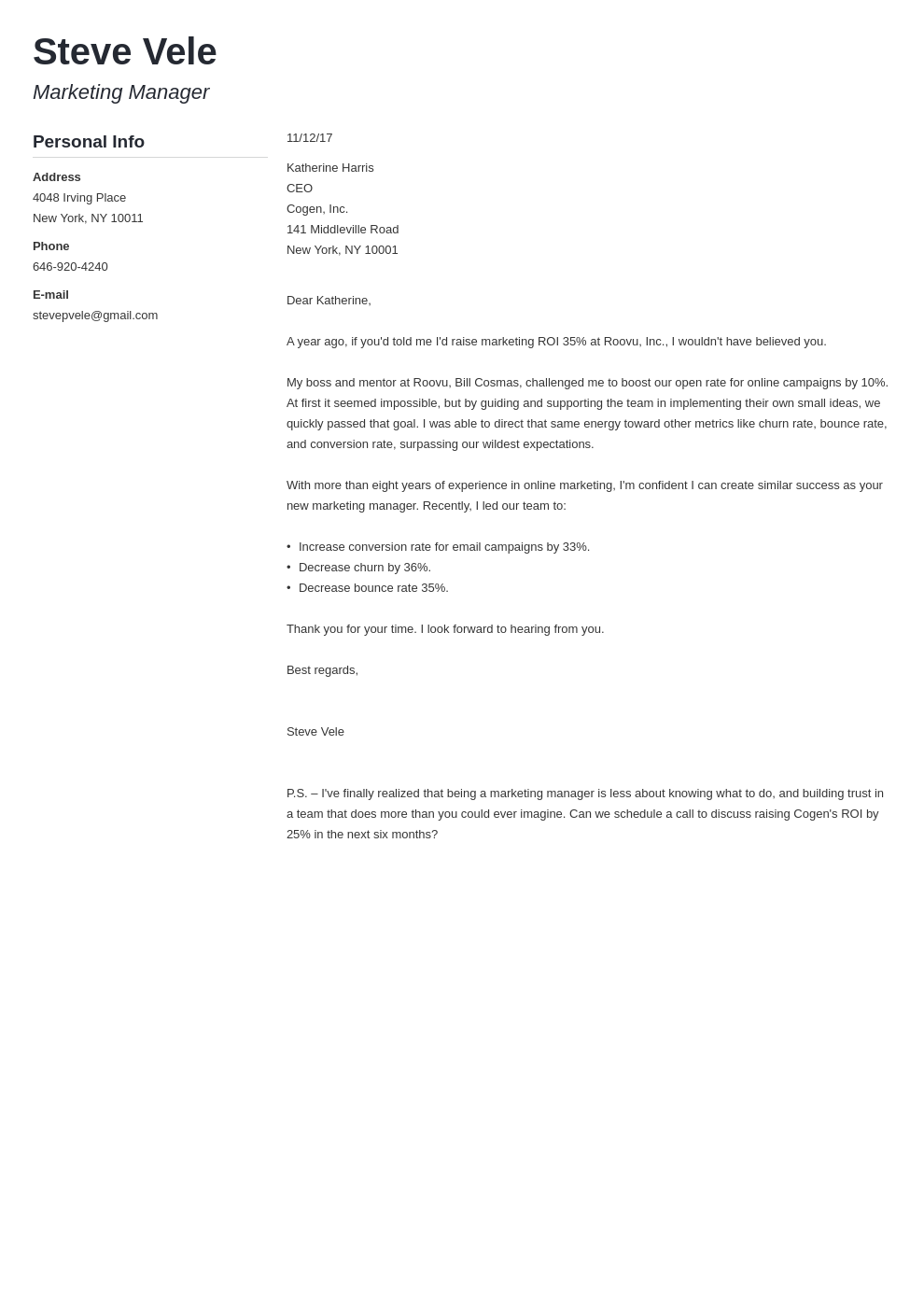

#Letter endings formal full#
It would also not be a problem if you use these common closing phrases:Īnd again you can just add a full name after this. When we close a letter in which we have used a name (unlike in the formal letter where no name was used), we close it like this: You should then follow this by a title then a surname:
.jpg)

This is common practice when we are writing a semi-formal letter to somebody we know but are not close to. So you should follow the instructions and open the letter like this. You'll note then that for a semi-formal letter where you know who you are writing to, you start the letter: Suggest what you could do to help during the tripĭear.The head teacher of the school is looking for parents to go with the group and you would like to volunteer for this. Your child is going on a school trip for the day to another city. So your final letter will look like this: You can then place your full name (or any made up name). If you have opened a letter as above, then this is how you close it: You gave it a formal opening using 'Sir or Madam', and therefore it needs a formal closing. The way you open it determines how you close it. This phrase is common practice when we are writing a formal letter to somebody we do not know. This is provided in the prompt so you should follow the instructions and open the letter like this. You'll note then that for a formal letter where you will not know who you are writing to, you say: Suggest how the number of people using it could be increased.Say why the football ground is important.Explain why not many people use the football ground.Your local council wants to close a local community football ground near you because not many people use it. Here is an example of an IELTS prompt for this kind of letter that you will see when you take the test: This means that you are usually writing to someone you do not know. Formal LetterĪ formal letter will usually be to some kind of private or public institution, such as a: So we'll now take a look at the best ways to open and close IELTS letters. Mixing up ' Yours sincerely' or ' Your faithfully' is not really an issue as many native speakers may do this.īut having no opening or closing letter phrase at all or getting the tone completely wrong (for example starting a formal letter with ' Dear Mick' or ending it with 'all the best') will be viewed as getting the tone and / or format wrong. This is because it is seen as inappropriate format or tone if you have errors or omit them. It's easy to rush and forget or just not use one thinking that it won't really matter as the content of the letter is the most important thing.īut thinking it is not important is wrong!Įither getting it wrong or not using one could bring your score down to a band 5 or even band 4 for Task Achievement (25% of the score). Making sure you know the right phrases and use them for opening a closing a letter is very important.
#Letter endings formal how to#
However, you must decide how to close the letter. Each of these open and close in a different way.Īs you'll see below though, you are given all or some of your phrase for opening the letter in the prompt.


 0 kommentar(er)
0 kommentar(er)
